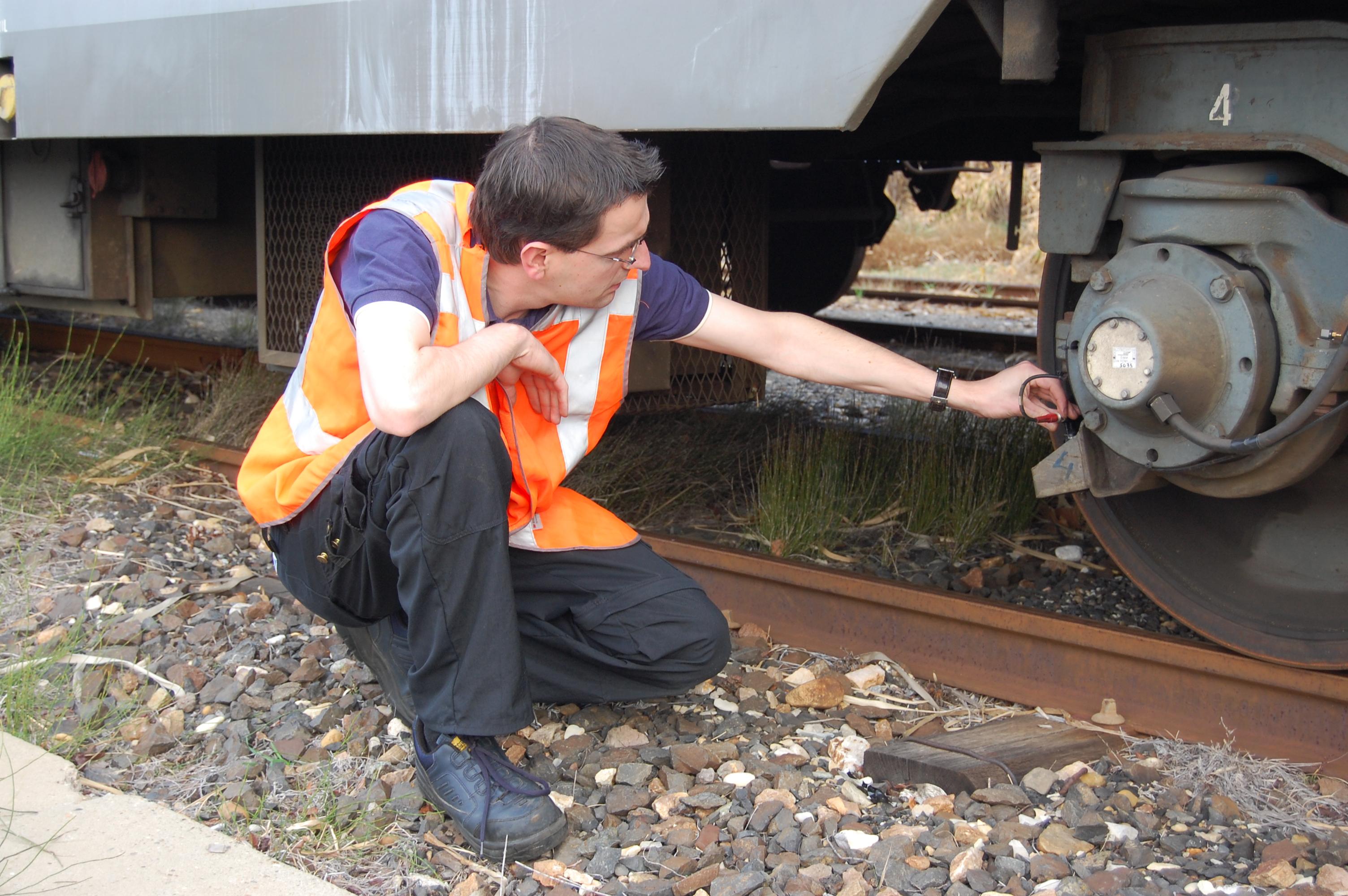
ARRoW vliegt mee over HSL-Zuid
Acoustic Rail Recording on Wheels (ARRoW) if we use the full name of the measuring equipment that can reveal everything about the condition of a railway track. ARRoW was specially developed just under 20 years ago to allow construction to continue of the HSL-Zuid, the international high-speed line that travels from Amsterdam to our southern neighbours via Rotterdam. The Ministry of Infrastructure and Water Management was in favour of the low-maintenance and sustainable concrete construction of a “Rheda track”, but against the extra noise nuisance generated by this type of track.
Adjusting the track roughness was the solution
The question to M+P was: how do we reduce the noise to an acceptable standard? The solution proposed by Wout Schwanen and his colleagues lay in adjusting the rail roughness. A smoother rail means less noise from the wheels. Grinding the track to a certain measurable roughness means the train produces less noise as it races past. Wout says: “Nowadays, tracks are ground smooth anyway to keep them in good condition. What makes HSL unique, however, is that it was first ground for noise reasons. The next question then was: how do we measure where and how much to grind? It is possible to crawl all over the track with a roughness tester, which is a probe that takes measurements to the micron. But this is extremely challenging, if not impossible, for a route that is 160 km long!”
So we developed ARRoW and it quickly became the measuring instrument of choice
ARRoW was created based on the need to rapidly and accurately measure a large rail route. Since HSL-Zuid opened in 2006, a special measuring wagon has been travelling the route twice a year at the dead of night in the quiet hours. The noise is constantly measured from a point close to the moving wheels. “Just think about it, with this concept we can understand where a certain vibration that causes noise pollution comes from,” Wout continues. “And all this with a system designed to travel along the High Speed Line at 140 km per hour. It’s amazing isn’t it?"
Typical M+P ProjectWout calls this a typical M+P project. This senior advisor joined the ARRoW team 17 years ago. “By typical project, I mean a project with a requirement for which there is no solution yet. And so we have to develop the solution ourselves,” explains Wout. “We then work in broad terms with the client. Not only in terms of the measurement required, but also the method we use to gather and assess the information, as well as how this can all be included in the regulations. And of course, about solutions.” Finally, Wout cites the duration of the project. “I believe this is one of the longest-running projects in the history of M+P. We have been working on this file for longer than most of the people working for our client, so we also partly act as the project ‘memory’. This fits our company culture perfectly; most of us have been working here for a long time too.”